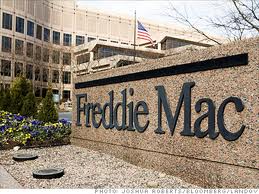Though home purchase applications have picked up with onset of the spring season, they’re still currently 13 percent below last year. As a result, last week Freddie Mac’s economists lowered their overall homes sales forecast from 5.5 million to 5.4 million.
Low for-sale inventory is helping to sustain house price and rent gains but at the expense of affordability in the short term. While the total number of vacant units has decreased by 4.2 percent from the first quarter of 2010 to the first quarter of 2014, the number of vacant units for sale has declined by 24.2 percent (485,000 units), Freddie said.
“We’re nearly half way through the year and single-family housing remains weaker than we projected six months ago, while multifamily appears to be right on track. With vacancy rates moving back in line with historical averages, even falling below historical averages in some markets, and for-sale inventories remaining tight, U.S. home price indexes are likely to continue their above-inflation growth for the remainder of the year, as will rent gains, albeit much slower than in 2013. The important question is how much further will prices and rents have to rise to give incentives for more existing owners to list their property for sale and developers bring more supply to the market. Construction has rebounded over the past two years but is still significantly below the levels one would expect to see given projections of household formations,” said Frank Nothaft, Freddie Mac vice president and chief economist.
Though the Freddie’s House Price Index was up 9.3 percent in 2013, it expects gains to slow to 5 percent this year, though average apartment rents should rise 3 to 3.5 percent through 2015.
 RealEstateEconomyWatch.com Insight and Intelligence on Residential Real Estate
RealEstateEconomyWatch.com Insight and Intelligence on Residential Real Estate


I’m really impressed with your writing skills and also with the layout on your
blog. Is this a paid theme or did you modify it yourself?
Anyway keep up the excellent quality writing, it is rare to see a great blog like this one
today.